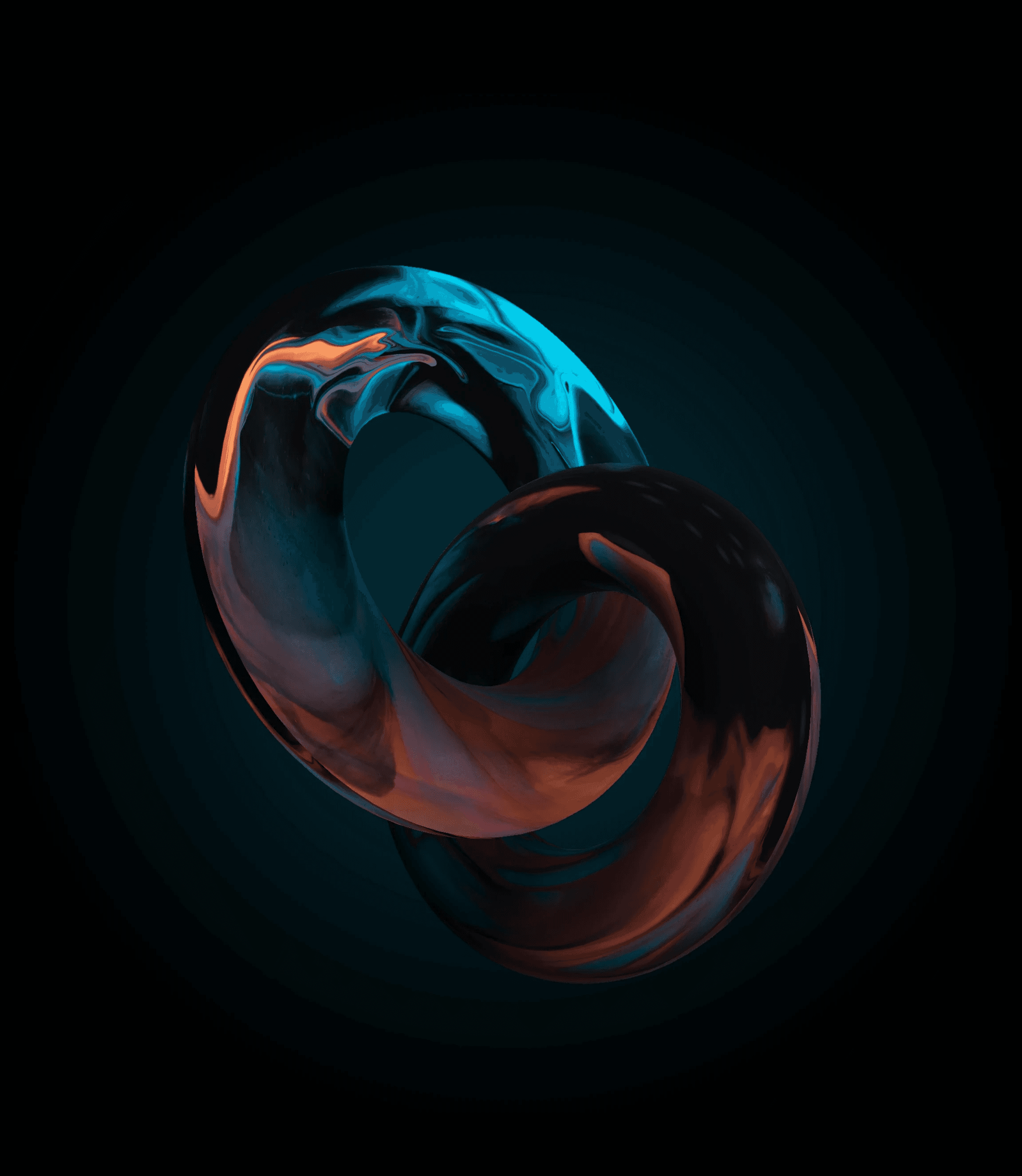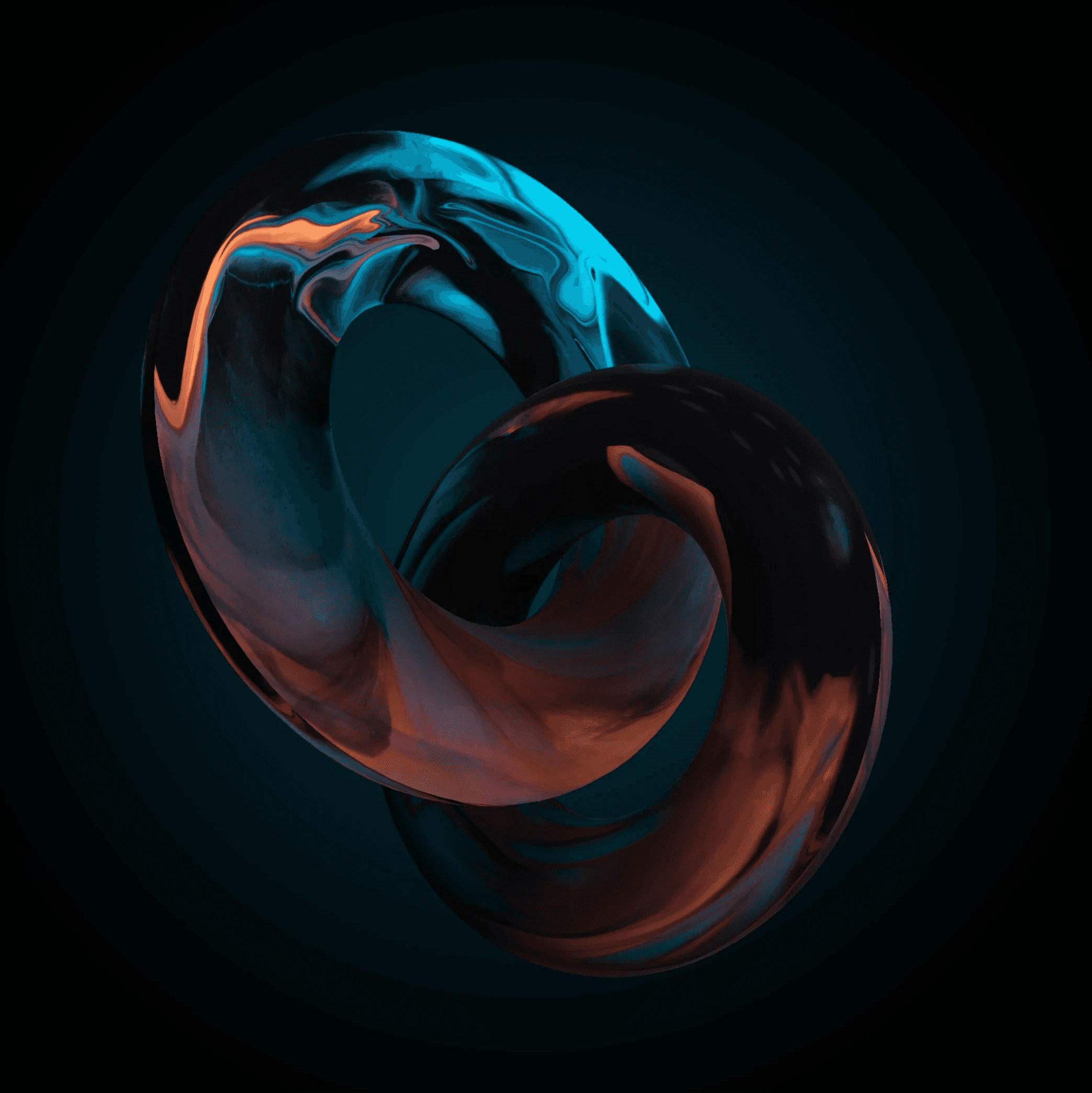In the ever-evolving landscape of design, a new player has taken the center stage – Artificial Intelligence (AI). As technology continues to advance, AI is reshaping the way we approach creativity, challenging traditional notions and opening doors to uncharted territories. The future of design is being rewritten by the algorithms, neural networks, and machine learning models that comprise AI, and the implications are profound.
Collaborative creativity
AI is not here to replace designers but to empower them. Through AI-driven tools, designers can now harness the power of data-driven insights to inform their creative decisions. These tools analyze user behavior, preferences, and trends, enabling designers to tailor their creations for maximum impact. This collaboration between human intuition and AI analytics results in designs that are not only visually appealing but also deeply resonant with the target audience.
Personalized experiences
Gone are the days of one-size-fits-all design. AI enables the creation of personalized experiences on an unprecedented scale. By analyzing vast amounts of data, AI can craft customized content, interfaces, and interactions that cater to individual preferences. This level of personalization enhances user engagement, fosters a sense of connection, and ultimately drives results.
Enhanced efficiency
Design projects often entail repetitive tasks that consume valuable time. AI-powered automation streamlines these processes, allowing designers to focus on higher-level creative tasks. From generating design variations to automating layout adjustments, AI accelerates the design workflow, increasing efficiency without compromising quality.
Creative exploration
AI's ability to process and synthesize vast amounts of information gives rise to new creative possibilities. Designers can input broad concepts or parameters into AI systems, which then generate a multitude of design options. This exploration of diverse ideas sparks fresh insights and encourages designers to think beyond their usual boundaries.
Ethical considerations
As AI becomes an integral part of design, ethical considerations come to the forefront. Designers must grapple with questions of bias, accountability, and the human touch in a world increasingly influenced by machines. Striking the right balance between automation and human intervention becomes a crucial aspect of responsible design.
Continuous learning and adaptation
AI-driven design is a dynamic field that is constantly evolving. AI systems learn from each design iteration, becoming smarter and more attuned to design trends over time. This evolution requires designers to stay updated and adapt their skills to work seamlessly with AI, ensuring they remain at the forefront of the design landscape.
Wrapping it up
In conclusion, the future of design hinges on the seamless integration of human creativity and AI's evolving capabilities. Designers must navigate this intricate dance between innovation and imagination, shaping a cutting-edge yet deeply human design landscape. Embracing the AI-powered future of design with curiosity and innovation is an exciting opportunity.
AI's key role in tailored design enhances user interaction

Elena Bargaoanu
full Stack Web Designer
content
Share article






